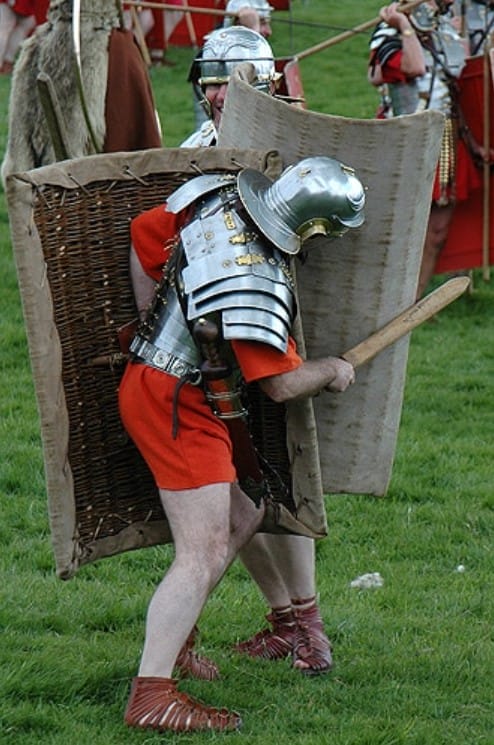Introduction: Discover the unparalleled training techniques that built the Roman Military into an iconic force in ancient history. This comprehensive guide delves into the rigorous training regimens that transformed ordinary men into exceptional Roman soldiers, a cornerstone of Rome’s legendary conquests.
Marching and Physical Training in the Roman Military The Roman Military’s first and foremost lesson was the art of marching. Historian Vegetius emphasized the critical importance of swift marching in maintaining a cohesive and effective combat unit. Marching wasn’t just about moving from one point to another; it was about creating an unbreakable bond among soldiers and ensuring the integrity of the formation under any circumstance. Roman soldiers underwent intense marching drills, covering twenty Roman miles in five hours during the summer months, showcasing their incredible endurance and discipline.
Physical fitness was another pillar of Roman Military training. Beyond marching, soldiers engaged in a variety of physical exercises, including running, jumping, and weight training, to build the strength and agility needed for battle. Summer months also included swimming, especially if the camp was near a water body, ensuring soldiers were prepared for any terrain or situation.

Weapons Training: Sharpening the Edge of the Roman Military After mastering marching and physical fitness, Roman soldiers moved on to the critical phase of weapons training. The training employed wickerwork shields and wooden swords, intentionally designed to be twice as heavy as their actual combat counterparts. This training philosophy was based on the belief that mastery over these heavier practice weapons would make the soldiers more effective with their standard weapons in real combat situations.
Initially, training involved striking and parrying against tall wooden stakes, simulating enemy combatants. Only when soldiers exhibited sufficient proficiency were they paired for individual combat drills, known as ‘armatura.’ This term, originating from gladiatorial schools, indicates the influence of gladiator training techniques on the Roman Military.
The significance of weapons training in the Roman Military is further underscored by the fact that proficient weapons instructors received double rations, and those who failed to meet standards were given lesser rations until improvement. The training wasn’t limited to swords; it also included mastering the spear, or ‘pilum,’ with practice weapons again being heavier than the actual ones. The dedication to weapons training was so high that special facilities like roofed riding schools and drill halls were constructed for year-round training.
Conclusion: The Roman Military’s training regimen was a complex, well-structured system designed to create not just soldiers, but warriors skilled in various aspects of combat and survival. This rigorous training was a key factor in the success and longevity of the Roman Empire, making it one of the most formidable military forces in history.

Historian Franco Cavazzi dedicated hundreds of hours of his life to creating this website, roman-empire.net as a trove of educational material on this fascinating period of history. His work has been cited in a number of textbooks on the Roman Empire and mentioned on numerous publications such as the New York Times, PBS, The Guardian, and many more.
